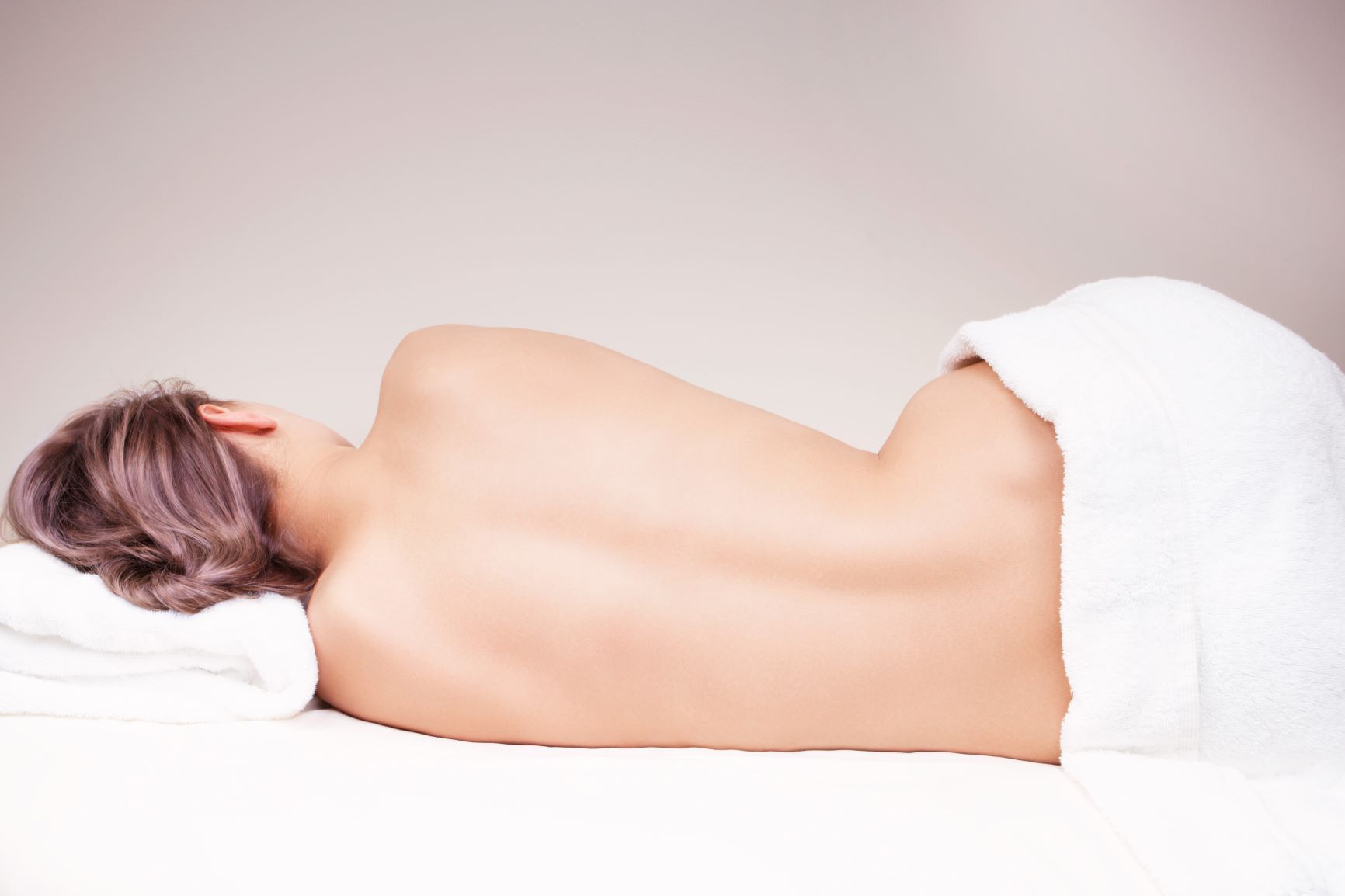Perhaps the most important thing you can do for a good night’s sleep and your overall health is proper spinal alignment – making sure your spine is supported to rest in its natural curvature.
Sleep is a regenerative process for the body, and whether you feel rested in the morning when you get up can have a lot to do with how well your body and its systems and muscles were able to relax and heal during sleep. Many people complain of back pain when they get up in the morning, and the cause could very well be that their spine was not properly aligned during sleep.
So what does proper spinal alignment look like and how do you achieve it? The key is to keep your ears, shoulders and hips in line with each other. A number of factors will affect this:
Sleep position
 The optimum sleep position for spinal alignment is on your back, and the next-best is side sleeping with your legs stretched out (versus curled up towards your chest). Both of these, along with an appropriate pillow for the position, will keep the ears, shoulders and hips aligned.
The optimum sleep position for spinal alignment is on your back, and the next-best is side sleeping with your legs stretched out (versus curled up towards your chest). Both of these, along with an appropriate pillow for the position, will keep the ears, shoulders and hips aligned.
If you sleep on your stomach, the best thing to do for your overall health is try to train yourself in one of the other positions and give yourself time with it. If that doesn’t work, make sure you select a low-loft pillow. Most pillows have more fill in them than stomach sleepers need and cause the spine to angle up.
Mattress
What mattress is best for spinal alignment? That’s a simple question with a not-so-simple answer because, as you know, everyone’s body is different as well as their comfort preferences.
A study published by an ergonomics journal investigated how spine support affects sleep and found that the relationship between bedding (mattress and pillow) and sleep quality is affected by individual body proportions and sleep posture. In particular, the study said that a sagging sleep system negatively affects sleep quality for people who sleep on their side or stomach.
Now, a “sagging” bed doesn’t necessarily mean that the mattress is old and needs replacement, although in a lot of instances it may be the case; the sagging could just be that the mattress is not sufficiently supporting the sleeper’s body where it is needed most – in the shoulders and hips.
The bottom line is that individual differences in body size, weight and proportions make it very important to try out mattresses to find the one that gives you the best support your body needs.
Pillow
When it comes to pillow talk, most people just think about the one under the head, but pillows can be used to help support other parts of the body too, depending on your sleep position.
The pillow for your head should support the natural curve of your neck and shoulders and allow the spine to rest in a neutral position. Make sure it doesn’t elevate your head so high that it puts stress on your neck, shoulders and back. A finer point of pillow placement is that it should be under the head and neck, not under the shoulders which could push the spine out of alignment.
For side sleepers, placing a firm pillow between your knees will keep your top leg from pulling your spine out of alignment and therefore reduce stress on your hips and lower back. Back sleepers can place a small pillow or rolled towel under the lower part of the back for a little extra support.

